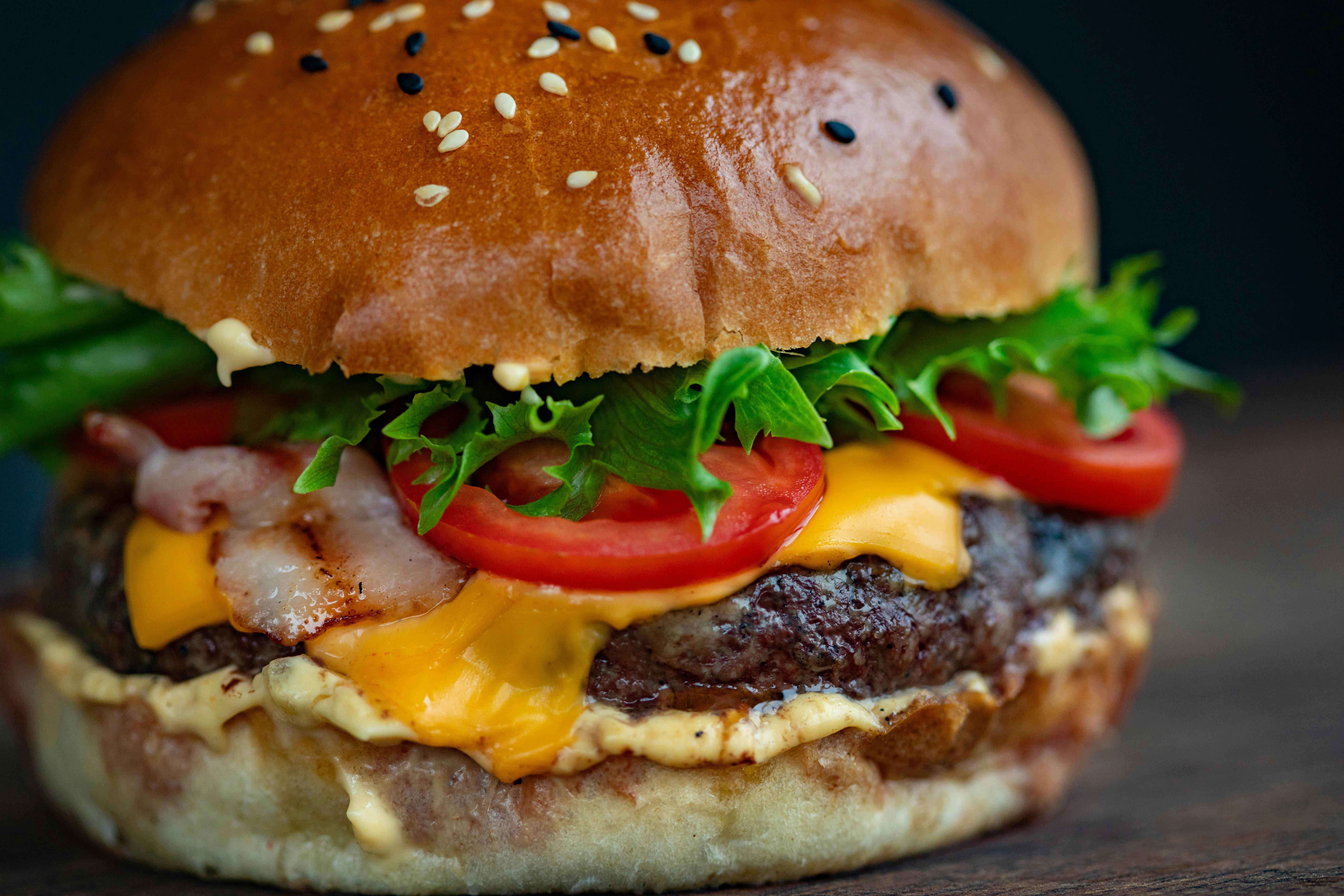How to Lose Weight without Dieting, Time Travel or Witchcraft

Let’s face it: diets are a scam. They promise you the body of a Greek god but leave you eating sad little salads while you fantasize about carbs. What if I told you there’s a way to eat like royalty—big meals, full plates, zero guilt—and still lose weight? No, it’s not magic; it’s caloric density. Stick with me, and I’ll show you how to have your cake and eat it too.
What Is Caloric Density?
Caloric density (or energy density, if you want to sound fancy) is the amount of calories in a given weight of food. Foods with low caloric density have fewer calories per gram—think water-packed and fibrous foods like fruits, veggies, and soups. Foods with high caloric density are calorie bombs for their size, like nuts, oils, and yes, your traitorous raisins.
Example:
- Grapes: Low caloric density. They’re mostly water and fiber, so you can eat a huge handful and only rack up about 60 calories.
- Raisins: High caloric density. They’ve been shriveled into chewy sugar nuggets, so even a small handful hits you with ~120 calories.
Why Focus on Caloric Density?
Counting calories is annoying, tedious, and only slightly less painful than listening to someone explain their crossfit routine. The idea behind caloric density is that it’s a simpler, more intuitive way to eat healthily. Here’s why:
- Think of it this way: Would you rather eat 200 calories of watermelon or 200 calories of peanut butter?
Why Grapes > Raisins
Grapes are hydrating, take longer to chew, and give you the satisfaction of eating a lot. Raisins? They’re all the calories of grapes but condensed into little sugary grenades. Sure, raisins aren’t evil, but if you’re trying to feel full and control your calorie intake, grapes are the clear winner.
Does This Mean You Should Fear High-Density Foods?
Absolutely not, you drama queen. Nuts, seeds, and oils are calorically dense but nutrient powerhouses, so they’re important in moderation. The key is balance—combine low-caloric-density foods to fill you up with small portions of high-density foods for flavor and nutrients.
Practical Applications/Meal Planning Tips
So, how do you turn this into something you can actually eat? Here’s the game plan:
- Start with a Low-Density Base
Fill your plate with foods like leafy greens, roasted veggies, broth-based soups, or fresh fruits. These are the MVPs of volume, filling your stomach with minimal calories. For example: - A salad base of spinach, cucumber, and tomatoes.
- A side of steamed broccoli or roasted cauliflower.
- A big bowl of soup (but skip the cream-based ones).
- Add High-Density Flavor
Now, sprinkle in the good stuff. A drizzle of olive oil, a handful of nuts, or a dollop of hummus will give your meal richness and satisfaction without sending it into calorie overload. Try: - A tablespoon of olive oil on your salad.
- A sprinkle of shredded cheese or a few slices of avocado.
- A spoonful of nut butter stirred into your oatmeal.
- Remember Protein
Protein can be moderate or high in caloric density, but it’s essential for keeping you full and happy. Add grilled chicken, beans, fish, or tofu to round out the meal. - Think: grilled salmon with roasted veggies and a quinoa side.
- Snack Smart
Swap high-density snacks for low-density alternatives where you can. Instead of a handful of trail mix, go for air-popped popcorn or a bowl of fresh berries with a dollop of Greek yogurt. You’ll still feel satisfied but with way fewer calories. - Listen to Your Body
Sure, you could fill up on five pounds of watermelon, but the goal isn’t to overeat—it’s to eat until you’re comfortably full. Balance your meals with a mix of textures, flavors, and densities to stay satisfied.
Addressing Emotional Eating and Cravings
Let’s get real—no one craves broccoli when they’re stressed. Emotional eating tends to lead us straight to the pantry for high-density, high-satisfaction foods. And here’s the thing… I struggle with this as much as anyone else. I’m a chronic stress eater, and at just about every social event, you’ll find me near the table with my mouth full (that way I don’t have to make small talk).
How do you handle it?
First off, with time and patience. I’ve struggled with my weight for years, and it took me a while to realize that I ate myself into bad shape one meal at a time over the course of many years. Fixing the problem isn’t a snap of the fingers, and I’ll have to walk myself out gradually.
With that being said, here are some tips that have helped me before:
- Have a Pre-Game Plan: Keep pre-portioned snacks on hand. A baggie of mixed nuts or a small piece of dark chocolate will satisfy cravings without derailing your day.
- Don’t Demonize Cravings: Cravings are normal. Instead of fighting them, work them into your day in moderation. Want a cookie? Pair it with a cup of tea and some fresh fruit so you don’t feel like it’s a free-fall into the cookie jar.
- Learn to Reward Yourself without Food: My wife and I have learned that sometimes date night doesn’t have to be a trip to Olive Garden; instead it can be a forty-minute jog. Do we sound absolutely insane? Sure, but we’re happier. I have a friend who rewards himself with little toys instead of little snacks. Maybe give something like this a try.
 Matthew Christensen
Matthew Christensen
Weekly Newsletter Contributor since 2023
Email the author! matthew@dvo.com
